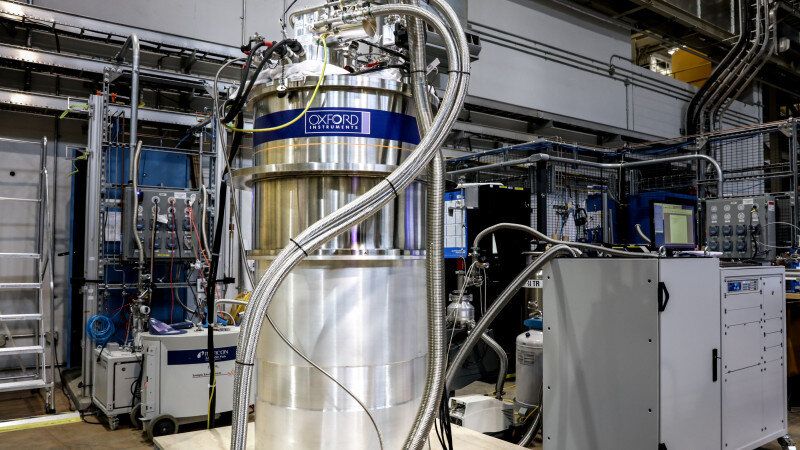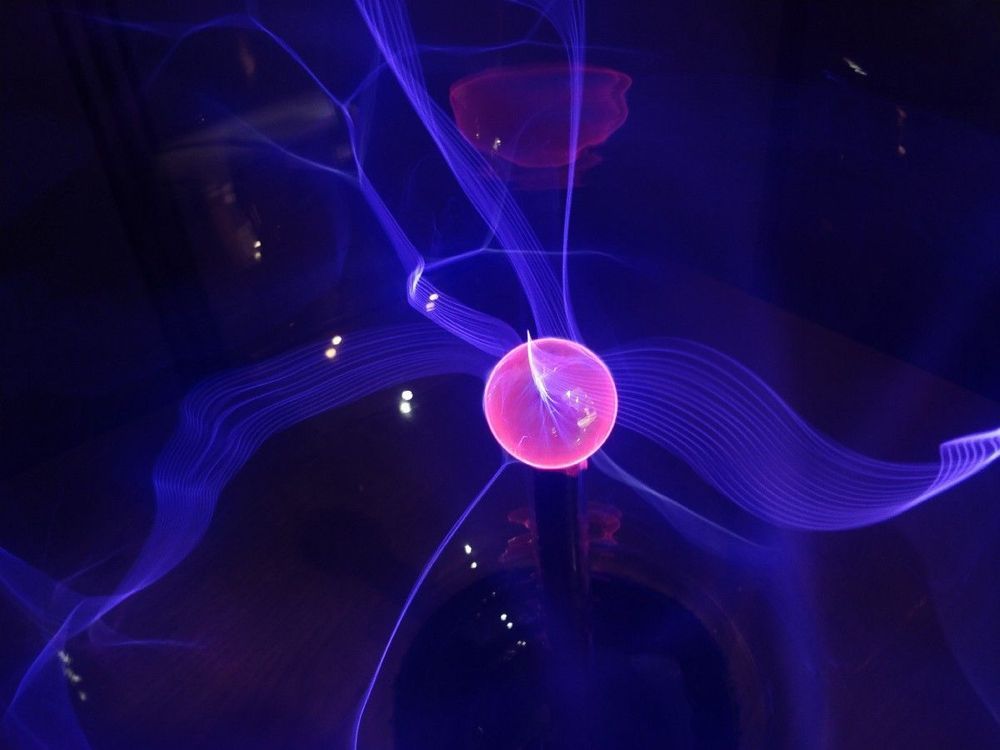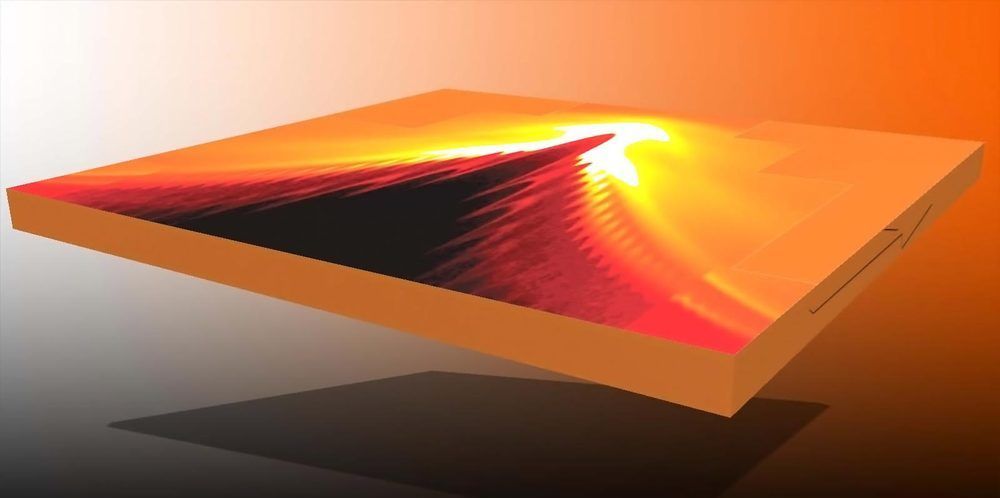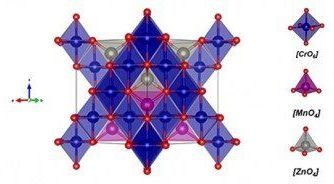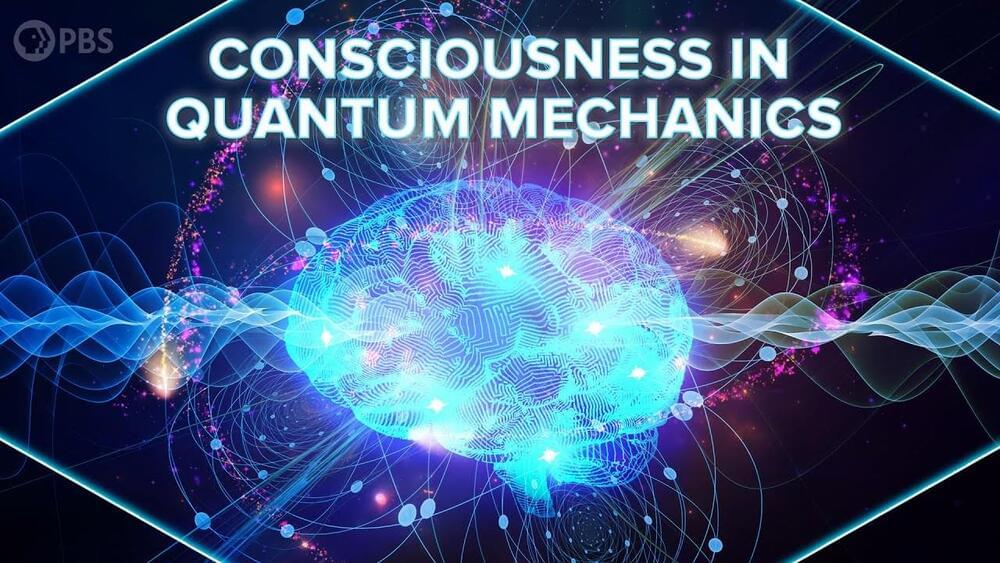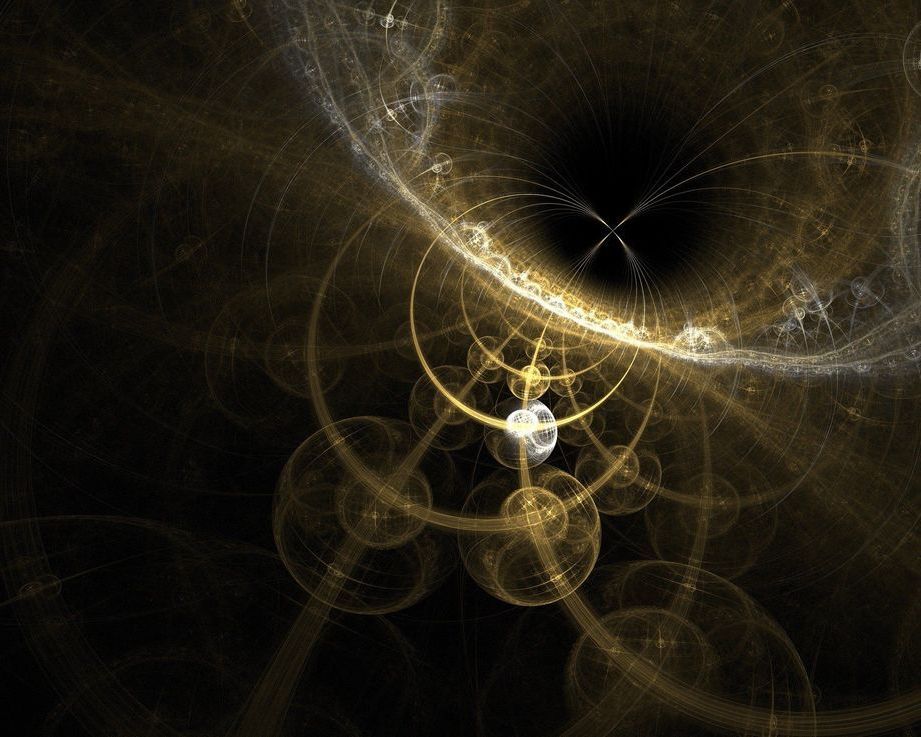May 7, 2020
Powerful new magnet provides fresh insight into ‘frozen’ quantum materials
Posted by Quinn Sena in categories: particle physics, quantum physics
Researchers at the Department of Energy’s (DOE’s) Oak Ridge National Laboratory (ORNL) have finished the preliminary commissioning of a new 14-tesla magnet at the Spallation Neutron Source (SNS). This new sample environment allows researchers to explore the fundamental physics behind complex behavior of quantum matter.
The magnet, which also features an optional dilution refrigerator insert, is the latest low-temperature sample environment to be commissioned at SNS. Weighing 2,670 pounds and standing nearly 7 feet tall, this massive device is an excellent tool for researchers wanting to learn more about materials that exhibit quantum phenomena. Its powerful magnetic field forces quantum particles to behave in an orderly way, giving scientists the opportunity to locate patterns in otherwise disordered quantum systems. And with its refrigerator—which can chill samples to −459.65° F—scientists can essentially “freeze” molecular vibrations in materials that might appear as background noise in neutron scattering studies. This allows for more accurate measurements of the excitations associated with quantum magnets.
“Quantum systems often lack discernible order. This makes it difficult to understand their fundamental characteristics. This new sample environment lets us bring order to these systems we’re interested in studying,” said Matt Stone, a lead instrument scientist at ORNL.
